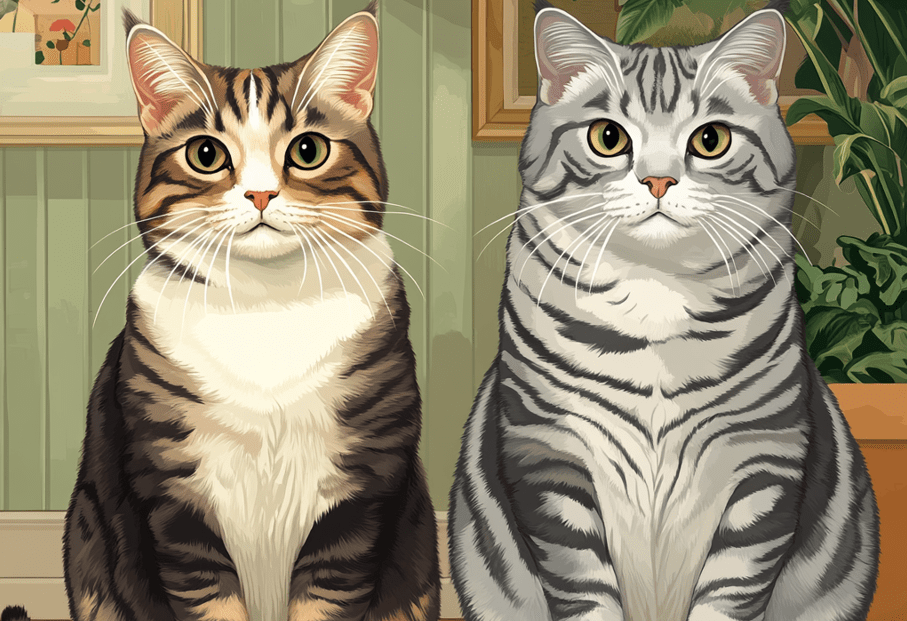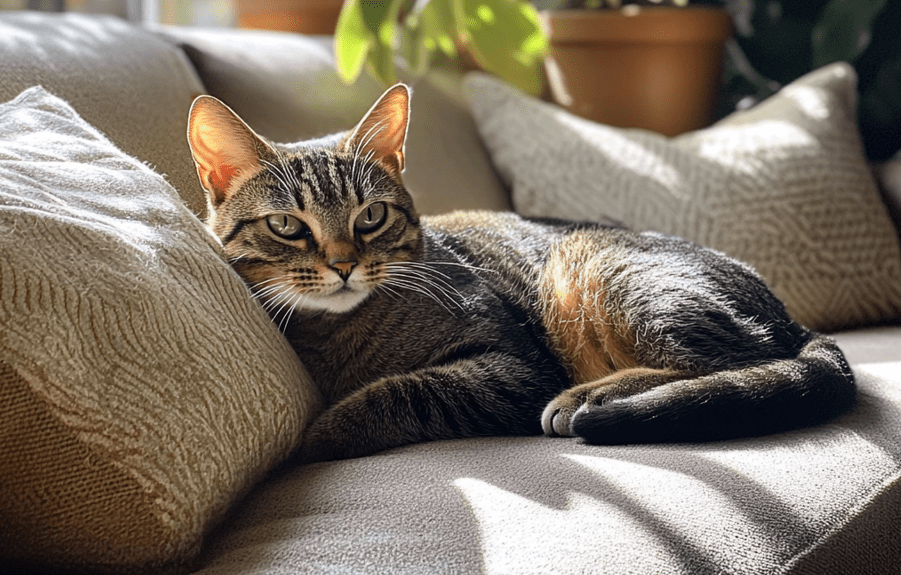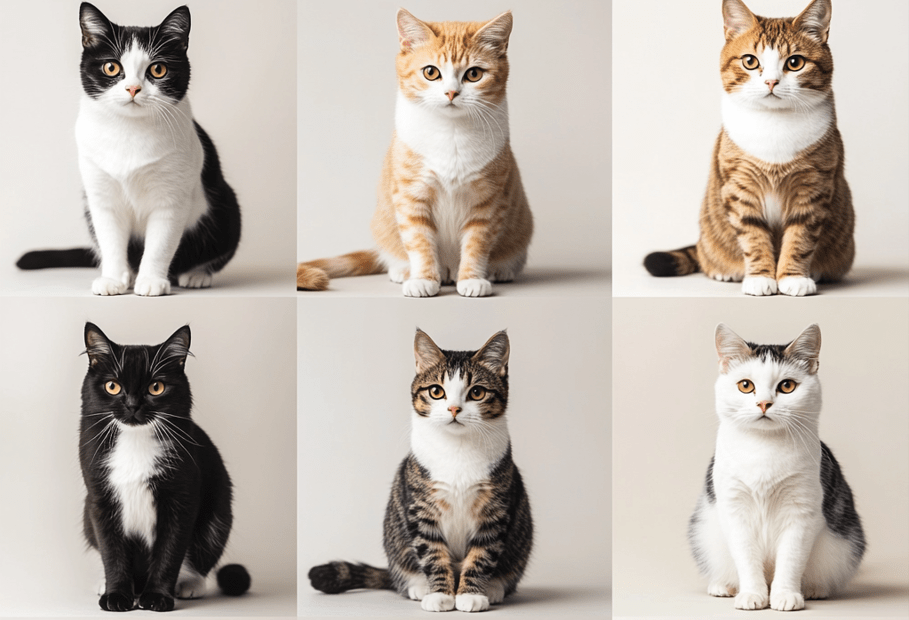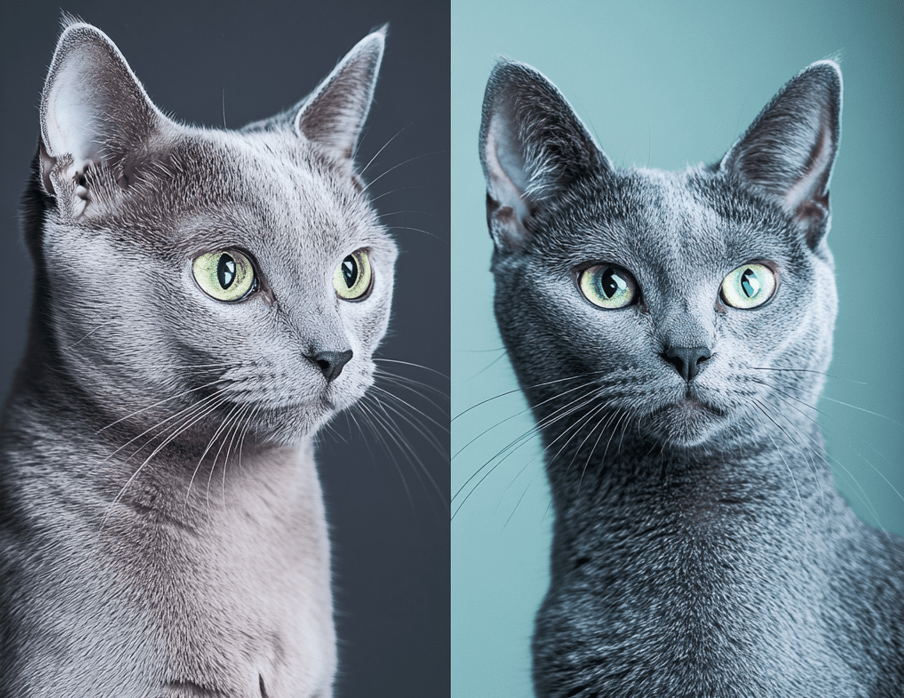
Bringing a new pet into a home with a Domestic Shorthair Cat can be exciting but also challenging. Domestic Shorthair Cats, known for their diverse personalities and adaptability, may not always welcome a new furry friend with open paws. Whether you’re introducing a new cat, dog, or another pet, a thoughtful approach can make the transition smooth and stress-free. This guide provides a comprehensive, step-by-step plan to help you introduce a new pet to your Domestic Shorthair Cat, ensuring harmony in your household.
Understanding Your Domestic Shorthair’s Personality
Domestic Shorthair Cats are a mixed-breed group, often characterized by their resilience, intelligence, and unique temperaments. Some are social butterflies, while others prefer solitude. Before introducing a new pet, observe your cat’s behavior:
Sociability: Does your cat enjoy the company of other animals or humans, or do they prefer being the sole focus of attention?
Territorial Instincts: Cats are naturally territorial. A Domestic Shorthair may feel threatened by a new pet encroaching on their space.
Stress Signals: Look for signs like hiding, excessive grooming, or aggression, which indicate discomfort.
Understanding these traits helps tailor the introduction process to your cat’s needs, reducing the risk of conflict.
Preparing for the Introduction
Preparation is key to a successful pet introduction. Here’s how to set the stage:
1. Choose the Right Time
Select a calm period for introductions. Avoid times of stress, such as moving or major household changes. Your Domestic Shorthair Cat will be more receptive when their routine is stable.
2. Health Checks for Both Pets
Before introductions, ensure both your Domestic Shorthair and the new pet are healthy. Schedule vet visits to confirm they’re up-to-date on vaccinations and free of parasites. This prevents health-related stress and potential disease transmission.
3. Create Separate Spaces
Set up a designated area for the new pet with their own food, water, litter box (for cats), bedding, and toys. This “safe zone” allows both animals to adjust without immediate confrontation. For your Domestic Shorthair, maintain their usual spaces to preserve their sense of security.
4. Gather Supplies
Stock up on essentials like pheromone diffusers (e.g., Feliway for cats), calming treats, and interactive toys. These tools can reduce anxiety and keep both pets engaged during the transition.
Step-by-Step Introduction Process
A gradual introduction minimizes stress and helps your Domestic Shorthair Cat accept the new pet. Follow these steps:

Step 1: Scent Swapping
Cats rely heavily on scent to understand their environment. Start by swapping bedding or toys between your Domestic Shorthair and the new pet. This allows them to become familiar with each other’s smell without direct contact.
-
Place the new pet’s blanket near your cat’s favorite spot.
-
Rub a cloth on the new pet and leave it in your cat’s area.
-
Monitor your cat’s reaction. Hissing or avoidance is normal initially, but curiosity is a positive sign.
Repeat this for several days until both animals seem comfortable with the scents.
Step 2: Controlled Visual Introduction
Once scent swapping is successful, allow the pets to see each other from a safe distance. Use a baby gate or a slightly open door to create a barrier.
-
Keep sessions short (5-10 minutes) and supervise closely.
-
Reward calm behavior with treats or praise.
-
If your Domestic Shorthair shows signs of stress (e.g., flattened ears, raised fur), slow down and return to scent swapping.
Gradually increase the duration of these visual encounters over a week.
Step 3: Supervised Face-to-Face Meetings
When both pets seem relaxed during visual introductions, allow them to meet in a neutral space. For a new cat or dog, choose a room your Domestic Shorthair doesn’t claim as their territory.
-
Keep the new pet on a leash (for dogs) or in a carrier (for cats) initially.
-
Allow your Domestic Shorthair to approach at their own pace.
-
Watch for body language: Relaxed postures (e.g., loose tail, slow blinking) are good, while hissing or growling signals the need to pause.
Hold brief meetings daily, extending the time as both animals grow comfortable.
Step 4: Unsupervised Interactions
Once supervised meetings go smoothly for several days, allow short periods of unsupervised interaction. Ensure escape routes (e.g., high perches for your cat) are available.
-
Start with 10-15 minute sessions and gradually increase.
-
Continue monitoring for signs of tension, such as chasing or excessive hiding.
-
If conflicts arise, revert to supervised meetings and reassess.
Special Considerations by Pet Type
Introducing different types of pets requires tailored strategies. Here’s how to approach each:
Introducing a New Cat
Domestic Shorthair Cats may view another cat as a direct competitor for resources. To ease tension:
-
Provide multiple litter boxes (one per cat plus one extra) to prevent territorial disputes.
-
Offer separate feeding stations to avoid food-related aggression.
-
Ensure plenty of vertical spaces (e.g., cat trees) for both cats to claim.
Gradual introductions are critical, as cats are highly territorial. Be patient, as full acceptance may take weeks or months.
Introducing a Dog
Dogs and Domestic Shorthairs can coexist harmoniously with proper training. Consider these tips:
-
Choose a cat-friendly dog breed or one with a calm demeanor.
-
Train the dog to respond to commands like “sit” or “leave it” to prevent chasing.
-
Allow your cat to set the pace, as they may feel intimidated by a dog’s size or energy.
Supervise closely, especially during the first few weeks, to ensure the dog respects the cat’s boundaries.
Introducing Other Pets (e.g., Rabbits, Birds)
Smaller pets like rabbits or birds may trigger your Domestic Shorthair’s prey drive. To keep everyone safe:
-
House small pets in secure enclosures your cat can’t access.
-
Allow supervised interactions only when the small pet is in a protected carrier.
-
Distract your cat with toys or treats to redirect their focus from the new pet.
Never leave your Domestic Shorthair unsupervised with small animals, as their hunting instincts may prevail.
Managing Stress and Behavioral Issues
Even with careful planning, your Domestic Shorthair Cat may show signs of stress during the introduction. Here’s how to address common issues:

Stress Signals to Watch For
Hiding or Withdrawal: Your cat may retreat to avoid the new pet.
Aggression: Hissing, swatting, or growling indicates discomfort.
Changes in Appetite or Litter Box Habits: Stress can disrupt eating or elimination routines.
Solutions to Reduce Stress
Pheromone Products: Use Feliway diffusers or sprays to create a calming environment.
Routine Consistency: Maintain your cat’s feeding, play, and sleep schedules.
Enrichment: Provide new toys, scratching posts, or puzzle feeders to keep your cat engaged.
Veterinary Advice: If stress persists, consult a vet to rule out medical issues or discuss anti-anxiety options.
Addressing Aggression
If your Domestic Shorthair becomes aggressive toward the new pet:
-
Separate the animals immediately and reintroduce more slowly.
-
Consult a feline behaviorist for tailored strategies.
-
Avoid punishment, as it can increase stress and worsen behavior.
Building a Harmonious Relationship
Once introductions are complete, focus on fostering a positive relationship between your Domestic Shorthair Cat and the new pet:
Shared Activities: Engage both pets in play sessions using toys like feather wands or laser pointers.
Equal Attention: Spend quality time with each pet to prevent jealousy.
Positive Reinforcement: Reward peaceful interactions with treats or affection.
Over time, your Domestic Shorthair may form a bond with the new pet, or at least tolerate their presence comfortably.
Common Mistakes to Avoid
To ensure a smooth introduction, steer clear of these pitfalls:
Rushing the Process: Forcing interactions too quickly can lead to stress or aggression.
Neglecting Your Cat’s Needs: Failing to provide separate spaces or maintain routines can make your Domestic Shorthair feel threatened.
Ignoring Body Language: Misreading signs of stress or discomfort can escalate conflicts.
Assuming Instant Friendship: Not all pets become best friends. Neutral coexistence is a valid goal.
Long-Term Success Tips
To maintain peace in a multi-pet household:
Monitor Dynamics: Watch for changes in behavior that may indicate tension.
Regular Vet Checkups: Ensure both pets stay healthy to prevent stress-related issues.
Ongoing Enrichment: Keep both pets mentally and physically stimulated with toys, training, or new experiences.
Adapt as Needed: As pets age or new circumstances arise, be ready to adjust their environment or routines.
Conclusion
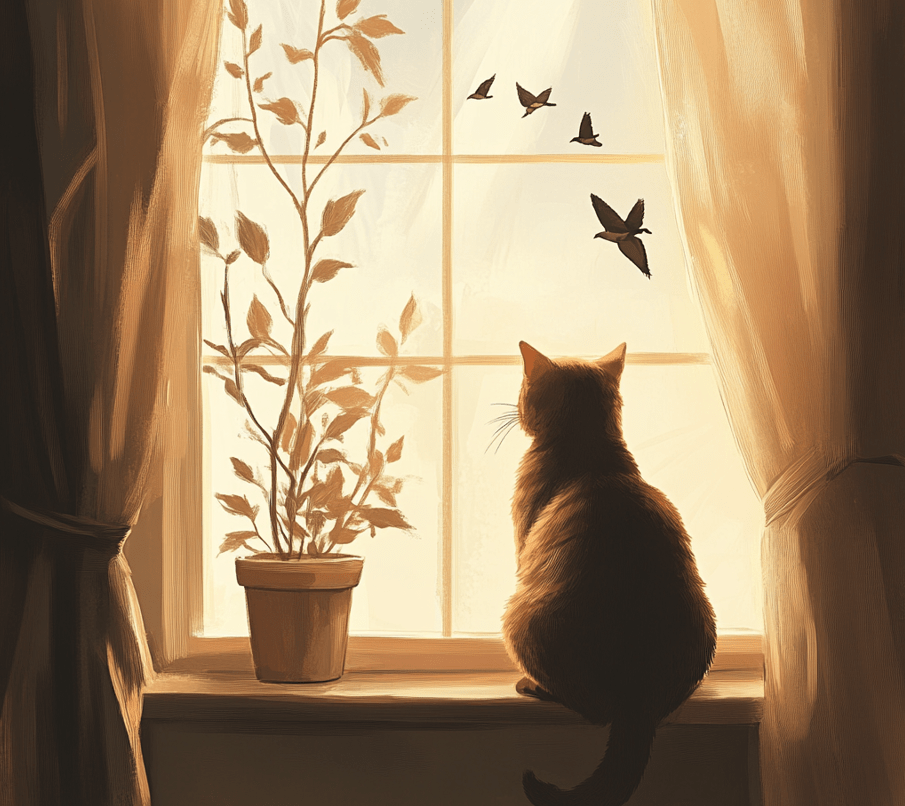
Introducing a new pet to your Domestic Shorthair Cat requires patience, preparation, and a deep understanding of your cat’s needs. By following a gradual introduction process, addressing stress, and fostering positive interactions, you can create a harmonious multi-pet household. With time and care, your Domestic Shorthair can adapt to their new companion, leading to a peaceful and enriching environment for everyone.
This comprehensive guide equips you with the tools and knowledge to make the transition as smooth as possible. Whether you’re welcoming a new cat, dog, or small pet, your Domestic Shorthair’s well-being is the priority. Start today, and watch your home become a happy, drama-free space for all your furry friends.

